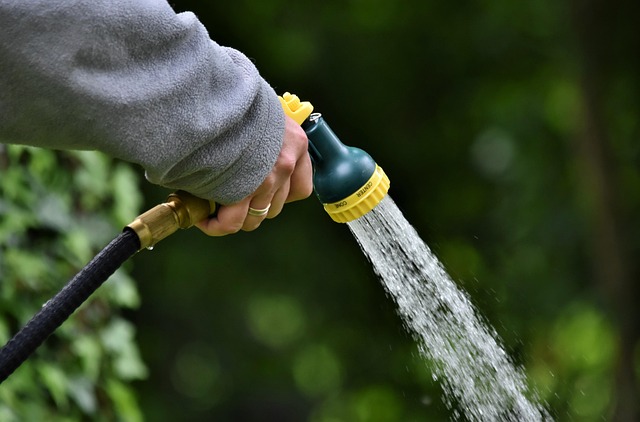The phenomenon of desertification poses one of the most pressing challenges to maintaining sustainable irrigation water quality in many regions around the globe. As climate change accelerates and our environment transforms, we must confront the harsh reality that the resources we once took for granted are dwindling. Imagine a once-fertile land, now parched and barren, where crops struggle to survive — this is not just a distant scenario but the stark present for many communities.
Desertification is characterized by the degradation of land in arid, semi-arid, and dry sub-humid areas. It’s often driven by factors such as climate change, deforestation, and unsustainable agricultural practices. The repercussions are dire: decreasing soil fertility, the spread of saline water, and the diminishing quality of irrigation water. In regions particularly affected by desertification, the quality of irrigation water is compromised due to increased salinity and contamination from runoff. This not only threatens crop yields but also affects the livelihoods of farmers who depend on this precious resource.
Furthermore, as global temperatures rise, we see patterns of extreme weather events manifesting more frequently, resulting in erratic precipitation and prolonged droughts. Such shifts complicate the management of irrigation water quality. Farmers find themselves caught in a cycle where they must either over-extract water resources or rely on poor-quality water, which can lead to harmful consequences for both crops and human health. The intricate relationship between climate change and desertification thus creates a fragile balance that demands our urgent attention.
To combat these challenges, innovative practices and technologies must be adopted. Utilizing integrated water management approaches, which encompass rainwater harvesting, sustainable irrigation techniques, and soil moisture conservation, is essential. These strategies not only enhance irrigation water quality but also help restore and maintain the environmental health of affected areas. For instance, adopting practices such as drip irrigation can minimize water usage while maximizing efficiency, ultimately leading to improved irrigation water quality.
Moreover, community involvement plays a crucial role in ensuring sustainable practices in agriculture. Empowering farmers through education on climate-resilient techniques and providing access to better irrigation technology can make a significant difference. This model fosters a culture of sustainability that emphasizes the importance of clean water and healthy ecosystems. By promoting local solutions and global collaboration, we can address the underlying causes of desertification and climate change, together.
In essence, the journey toward improving irrigation water quality in the face of desertification is a shared responsibility. Each of us carries the weight of action towards preserving our environment for future generations. It’s time to reflect on our practices, advocate for change, and work towards sustainable solutions that honor the delicate balance of our ecosystems. Our efforts today will determine the agricultural resilience of tomorrow and the health of the planet we inhabit.


